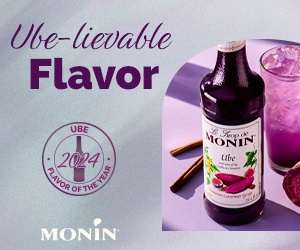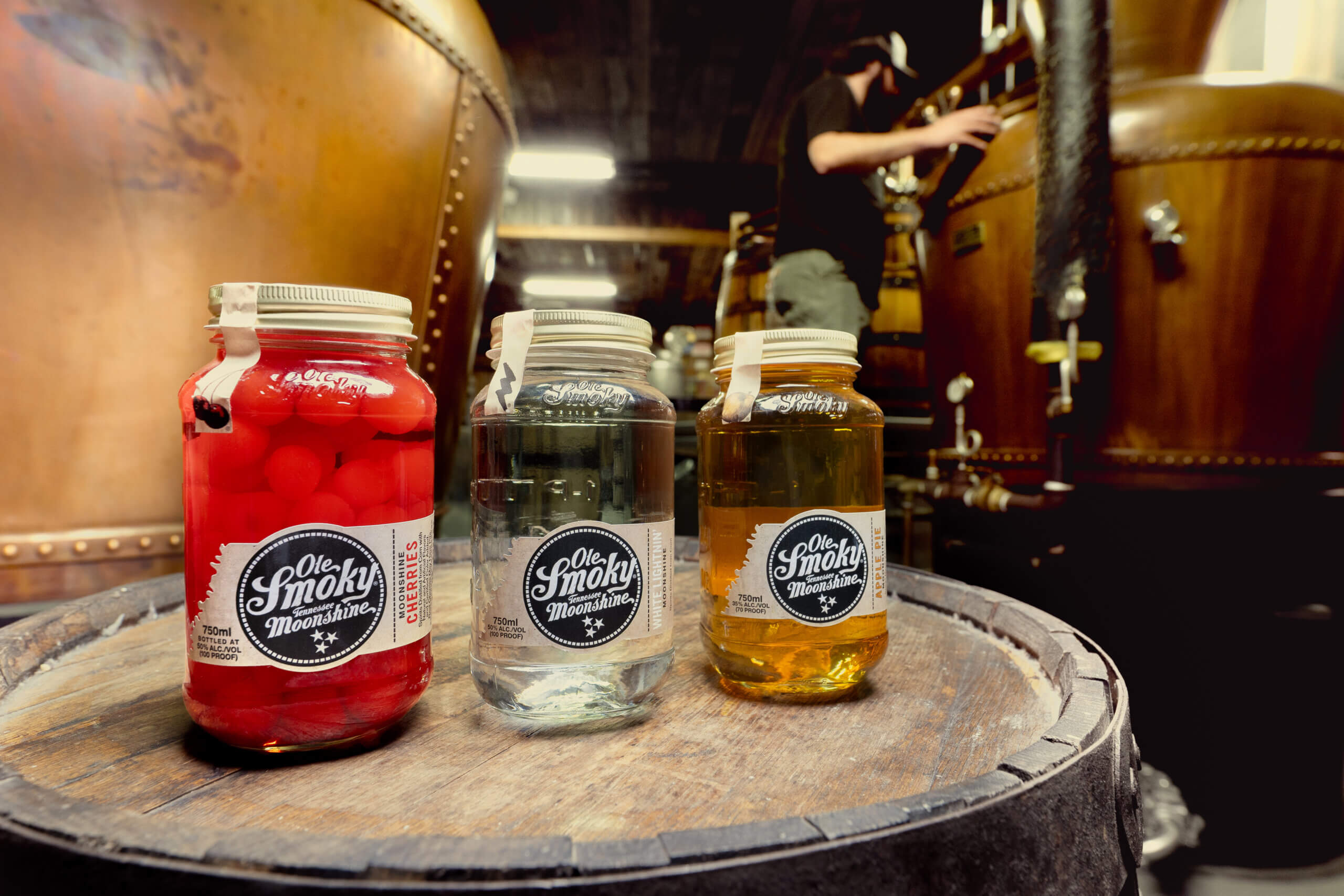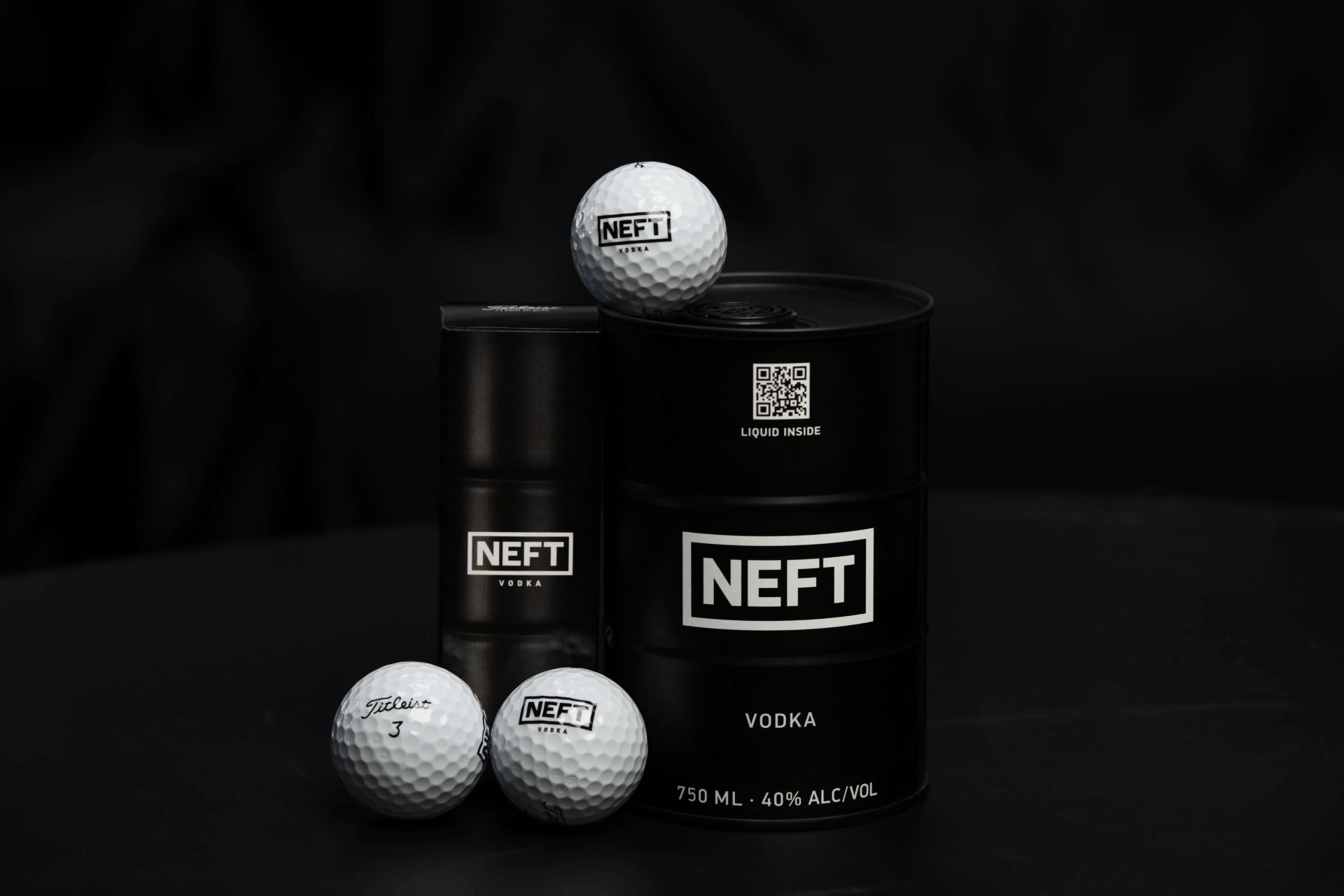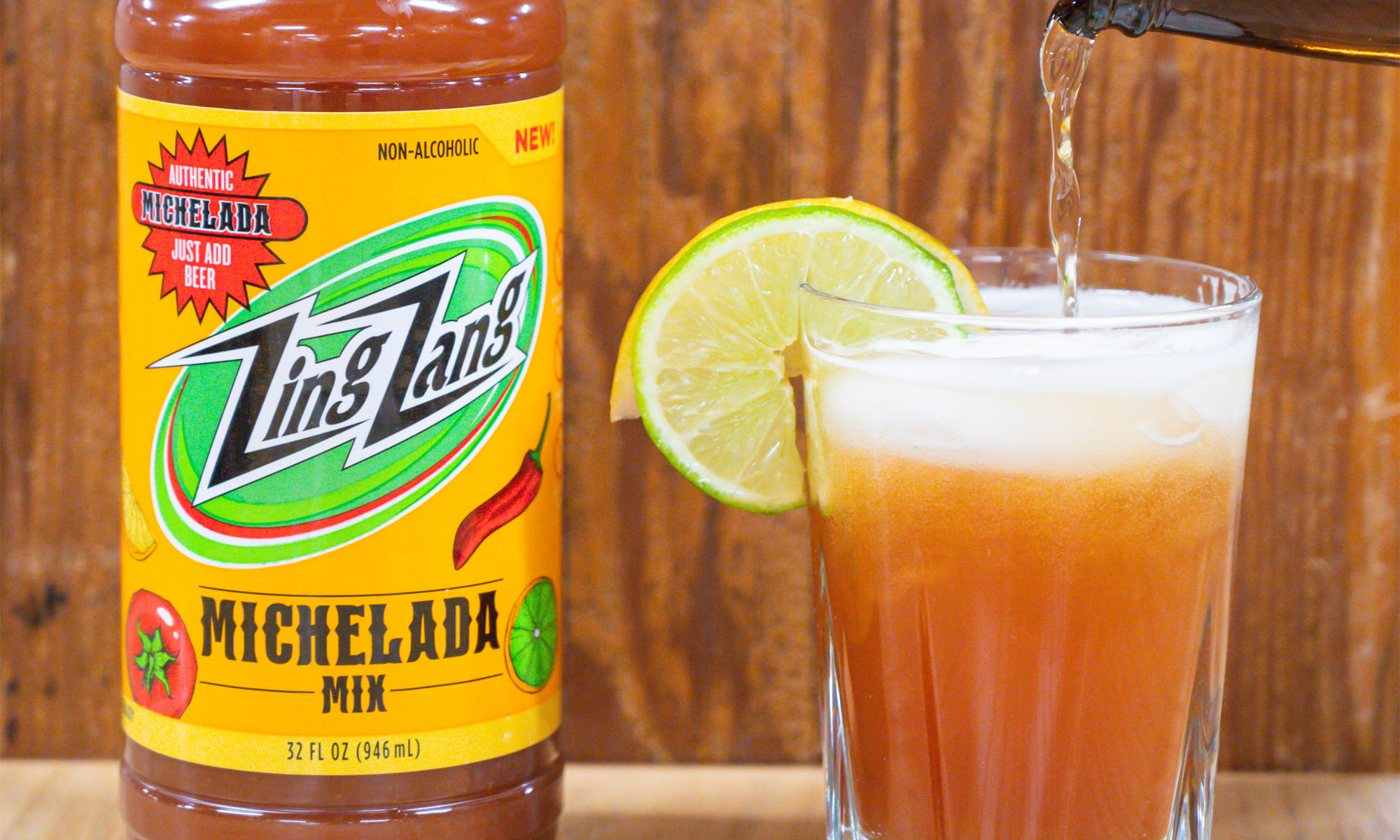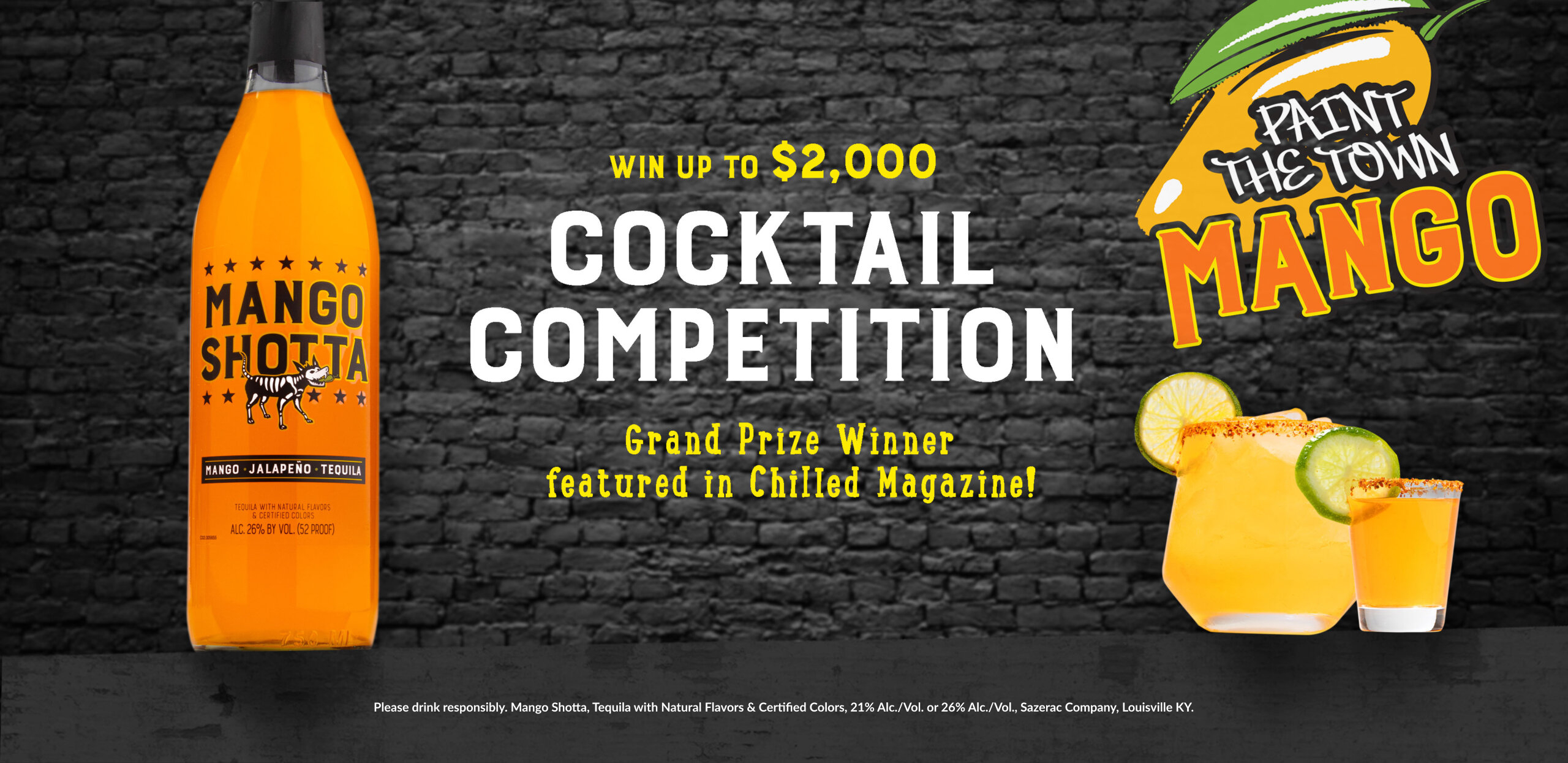The History of the Humble Beer Can
By Sophia DeVito
National Beer Can Appreciation Day is the perfect excuse to travel back in time and learn all about how the beer can as we know it came to be. January 25th marks the first sale of a beer can.
While people started playing around with the idea in the early 1900s, it wasn’t until 1935 that the first beer can was developed. The logistics had producers everywhere stumped. How would a can be developed that could withhold the pasteurization of beer and still allow for a fresh and tasty beverage?
History shows that the beer can was created by Gottfried Krueger Brewing Company in Newark, New Jersey. However, the official first can made its debut a year prior, just before prohibition. The American Can Company had engineered a can that was able to hold beer, all they needed was a brewer willing to take a chance.

Craft beer thrives thanks to cans
By the end of November 1933, American Can Company and Krueger had delivered 2,000 cans filled with 3.2% Krueger Beer — the highest ABV at the time as part of a trial run. The companies received over 90% of positive feedback from consumers. Despite this success, it would still be a while before the beer can would truly take off. When World War Two started it put a hold on the use of most metals for anything other than military materials. Beer was still being produced, but it wasn’t until the end of the war that the can could really take off.

Empty cans waiting to be filled
Flat Top Style
The original beer can had a flat-top style, used until 1970. It was a paper-thin aluminum container that weighed nearly four ounces. To open, it needed to be pushed in on either side of the top to allow the beer to flow. For our younger readers, think of how a can of sweetened condensed milk is opened.
Cone Top Style
Because consumers resisted drinking from flat-top cans that had the open piercing, Joseph Schlitz Brewing Company created a cone-top can. This spout top was much easier to fill because it could be filled on existing bottling lines. There were four basic tops: low profile, high profile, J-spout cans, and Crowntainer.
Pull Tab
The pull tab is what changed and revolutionized beer cans in the early ’60s. Pittsburgh Brewing Company introduced a flagship Iron City Beer with self-opening cans. You put a finger into the ring and yanked the can open. By 1965, about 75% of all cans had this type of opening.
Stay Tab
The stay tab is what we all know and recognize when it comes to aluminum cans. The pull tabs became a danger after it became aware that pets and wildlife were dying from ingesting the tabs. Many people also died from dropping the little tabs into the liquid and drinking them on accident. Stay tabs were the answer. Fall City Brewing Company of Louisville, KY, created a tab that would stay connected to the can.
Aluminum cans come with some advantages over the classic glass bottle. Bottles added expensive weight to shipping and many breweries were distributing their beer long distances. Glass bottles also had to be sorted by hand to check for any cracks or chips, which made them unstable. Cans offered a lightweight package and metal was cheap. They didn’t need to be returned like glass bottles did and they had a larger surface area, making it an advantage for the marketing department when creating labels.
While cans seemed like the right solution, some challenges came with it. We have heard it all before — beer packaged in aluminum cans can have a metallic taste. Therefore, a practical lining had to be developed. Another issue that companies ran into was creating a way for the cans to contain the pressure of a carbonated beer. Each can would have to be able to contain 80 pounds per inch of pressure to be stable.
Today, canning beer is easier than ever. Even small independent brewers are able to successfully can and market their wares. In fact, the easy use of cans is part of why the US has developed such a robust craft brewery scene.
Now that you know the blood, sweat, and tears that went into creating a beer can, crack one open and enjoy a cold one on National Beer Can Appreciation Day.


